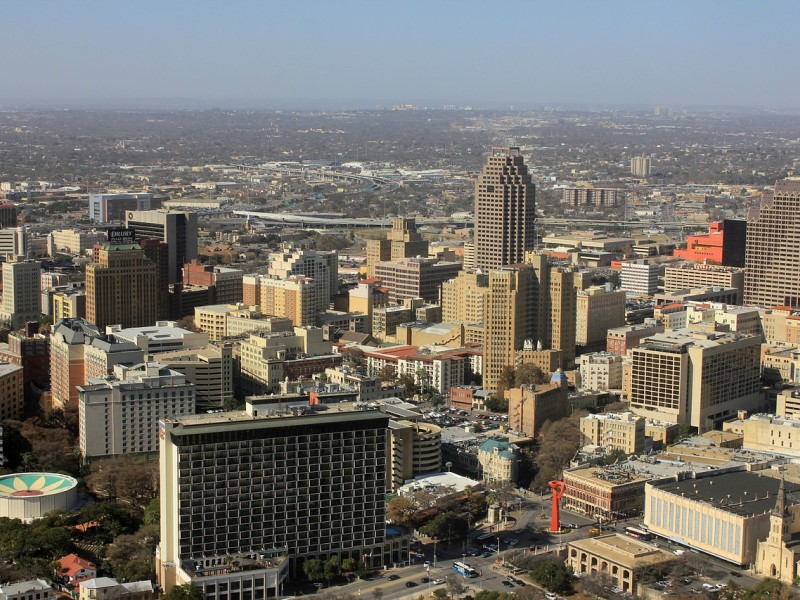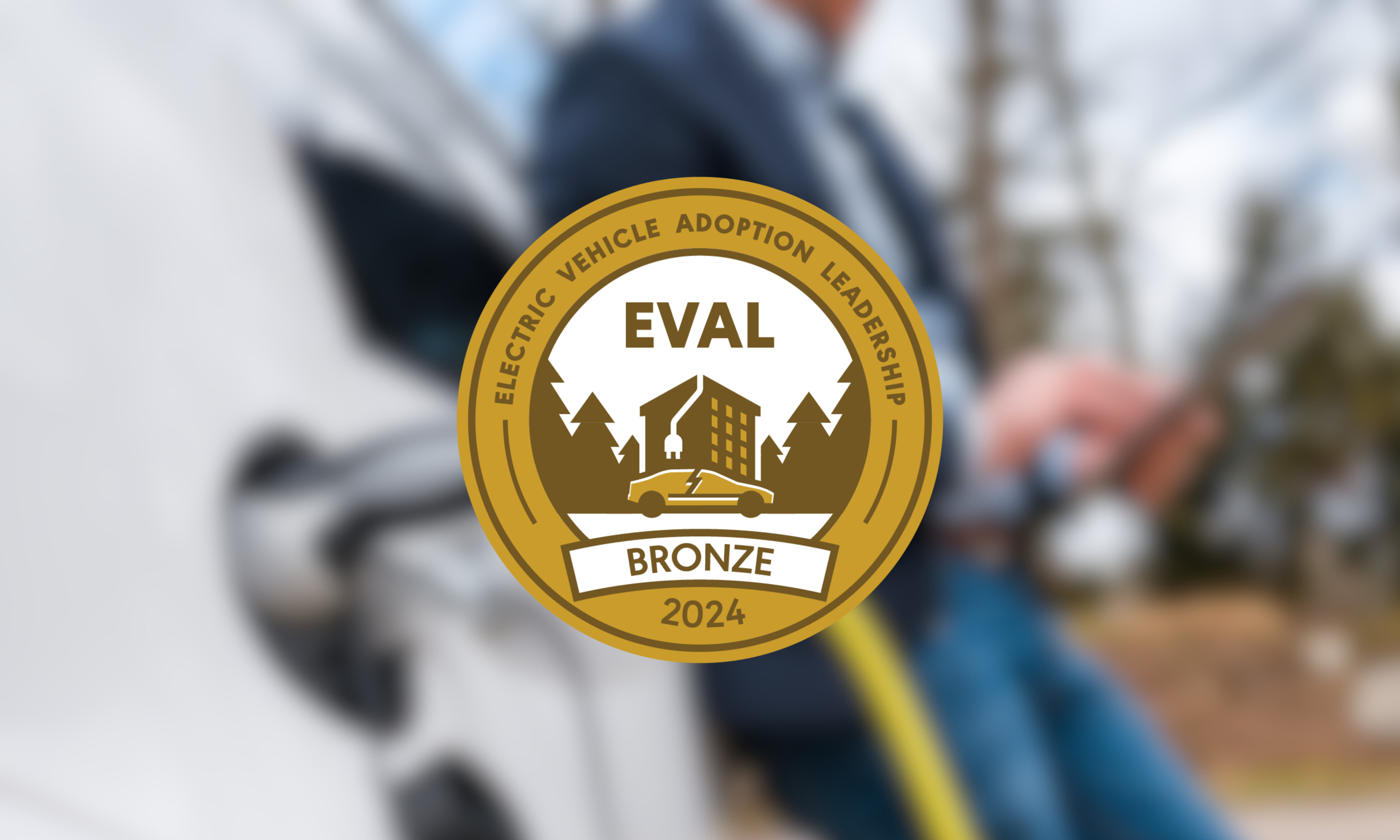San Antonio is making headlines with its new climate action plan, which aims to phase out internal combustion engine (ICE) vehicles by 2050, including all passenger and commercial vehicles. San Antonio isn’t the only city to consider such a ban; Paris, Madrid, Athens, London, and Copenhagen have all announced similar goals to reduce the presence of ICE vehicles in high-density urban centers, which suffer from a disproportionate amount of air and noise pollution.
The preponderance of declarations demonstrates a clear need to remove ICE vehicles from cities; but other than declaring this desired end state, what exactly has been done to achieve this goal?
Currently, nothing. There are zero enforceable laws on the books that actually put any of these plans in place. There is a clear worldwide will to remove ICE cars from cities, but the trouble is figuring out how to get there. Coming up with a specific plan that works for automakers, industries, and drivers is essential to meet any of these goals. There already exists incentives to purchase electric cars both in the United States and Europe, and disincentives to purchase high-polluting diesel cars in Europe, but we don’t have any current working geographic bans on gasoline and diesel powered vehicles to base a future policy on. What we do have are low emission zones in several European cities that ban vehicles that pollute over a certain emissions standard. These zones currently target mostly diesel trucks and vans and have yet to seriously impact gasoline vehicles. Some of these cities have specific increases in restrictions based on an established timeline, while others merely implemented a low emission zone with no further planned restrictions.
So with these current plans in mind, how do we achieve the 100% EV goal set by American cities like San Antonio?
Obviously we can’t immediately ban gas cars from these cities outright. Rather what we can do is figure out a gradual phase out of high-polluting ICE cars from city centers. How this is achieved will require a delicate balance that disincentivizes the purchase and operation of new ICE vehicles in these urban centers while incentivizing electric vehicles. Delivery services such as FedEx and UPS are already effecting changes through the introduction of electric delivery trucks. As EV technology continues to make significant strides in both capability and cost reduction, EV-only cities by 2050 looks not only more likely, but more economically beneficial to cities, businesses, and residents.
Elected officials in major cities across America need to start discussing how specifically to move towards an all-electric future for their cities. They need you, the EV driver, to call, write, and petition them to put forth clear legislative plans to move toward an all-electric future.
Declarations of intent are good, real laws on the books are better.

